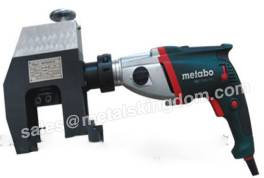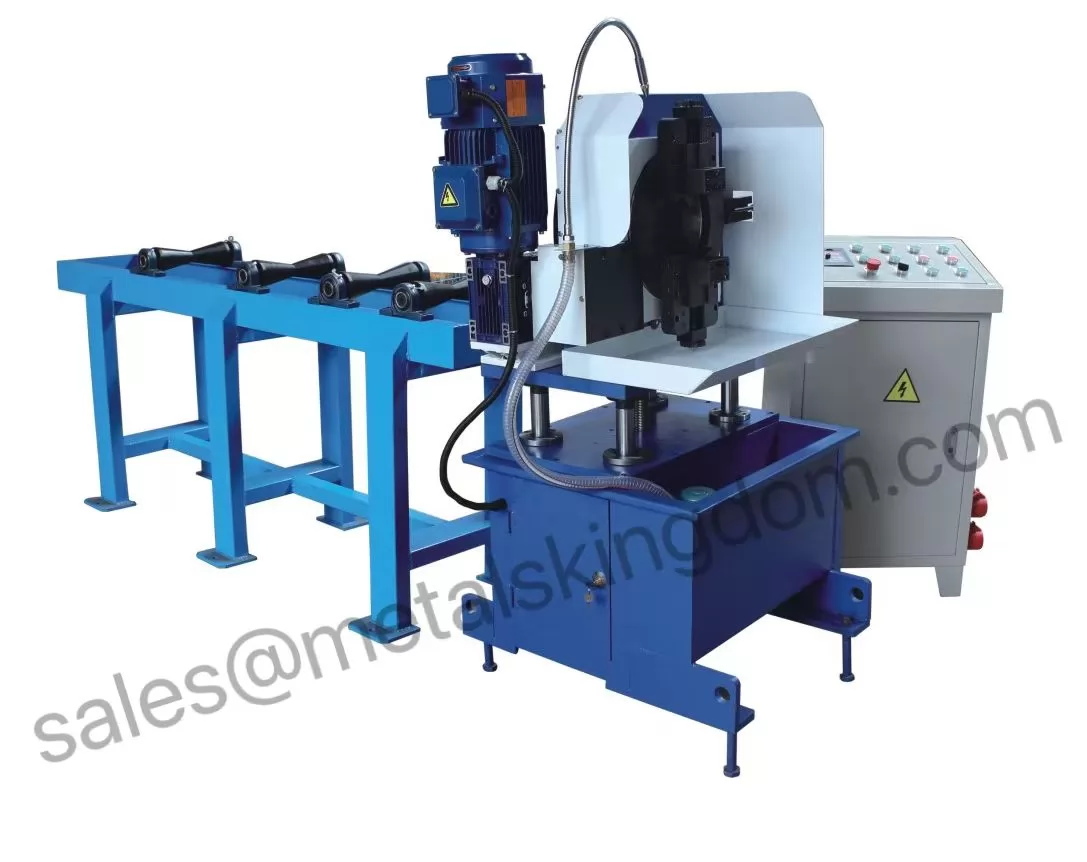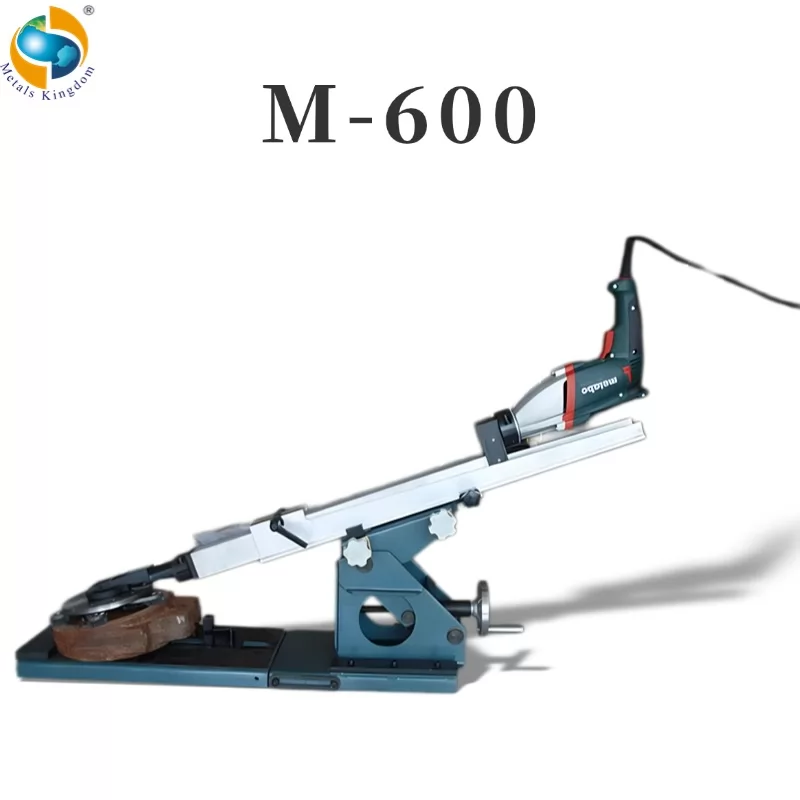Pipe beveling machine is a kind of equipment called pipe beveling tools, which can process the welding parts of the pipeline welding workpiece into grooves of a certain geometric shape according to design or process requirements. The purpose of the groove is to obtain a weld that is fully penetrated in the thickness of the weldment.
Pipe beveling machine commonly used groove forms are I-shaped groove, Y-shaped groove, U-shaped groove with a blunt edge, double Y-shaped groove, unilateral V-shaped groove with a blunt edge and so on.
1. Bevel angle and bevel angle The angle between the vertical surface of the weldment surface and the bevel surface is called the bevel surface angle, and the angle between the two bevel surfaces is called the bevel angle.
When a single-sided bevel is opened, the bevel angle is equal to the bevel face angle; when a double-sided symmetrical bevel is opened, the bevel angle is equal to twice the bevel face angle. The angle of the groove (or the angle of the groove surface) should ensure that the electrode can freely extend into the groove and do not collide with the groove surface on both sides. However, if the angle is too large, it will consume too much filler material and reduce labor productivity.

Pipe Beveling Machine
2. Root gap Before welding, the gap reserved between the joint roots is called the root gap. Also known as assembly clearance. The role of the root gap is to ensure that the root can be penetrated when welding the bottom pass. Therefore, if the root gap is too small, weld penetration will occur at the root; but too large root gap will cause the root to burn through and form a weld.
3. Blunt edge When the weldment is beveled, the part of the end surface that is not grooved along the thickness direction of the weldment is called a blunt edge. The role of the blunt edge is to prevent the root from burning through, but the value of the blunt edge is too large, which will make the root welding impervious.
4. Root radius The radius at the bottom of the U-shaped groove is called the root radius. The role of the root radius is to increase the lateral space of the root of the groove so that the electrode can extend into the root and promote root penetration.
What are the working conditions of pipe beveling machinery? There are mainly the following 8 points
1. The relevant technical documents and construction plans are thorough.
2. Relevant planning documents (pipe isometric drawings, parts processing drawings, planning changes, etc. that have been converted into drawings), and thorough.
3. The tracking file (quality plan or operation plan) has been approved.
4. The materials used for the pipe beveling machine should have a product certificate (quality certificate), product inspection certificate or product re-inspection record and clear product symbol.
5. The pipeline beveling machine workshop already has sufficient mechanical equipment. The nuclear and non-nuclear processing areas, carbon steel pipe and stainless steel pipe processing areas should be separated. The environment of the prefabricated area should meet the pollution-free impact on stainless steel during the operation.
6. The equipment, tools and consumable materials required for the operation of the pipe beveling machine are thorough. The required equipment is detailed in Appendix F, Required Tools, and Consumable Materials.
7. The use, storage, and distribution of raw materials should conform to the corresponding operating procedures or management procedures, and ensure that the prefabrication operations proceed smoothly.
8. The personnel engaged in beveling operations are trained and experienced technical workers, and the technical personnel has already made technical explanations for them; the personnel of special types of work must hold a certificate of qualification before they can take up their posts, such as non-destructive inspection and welding personnel.












